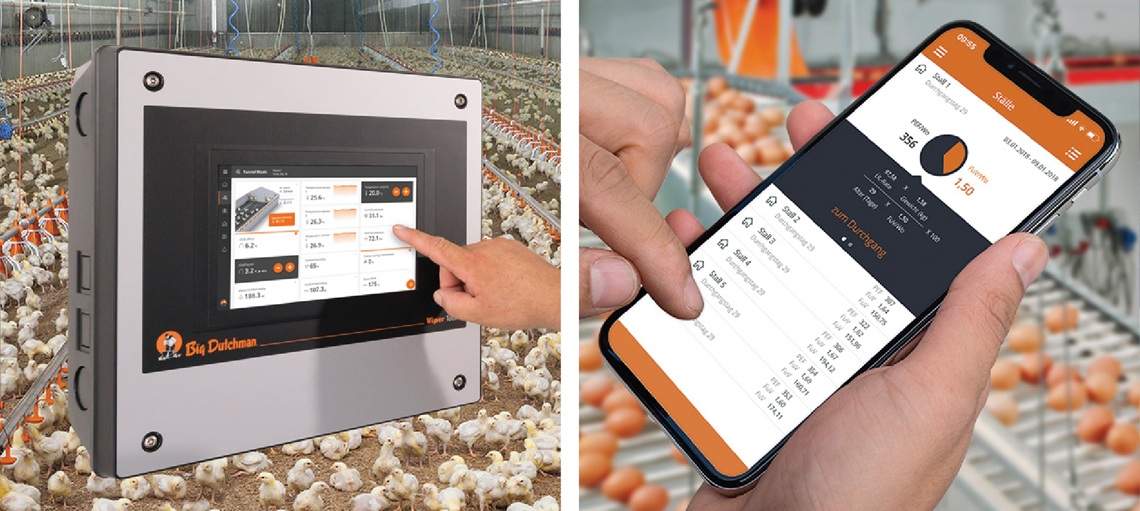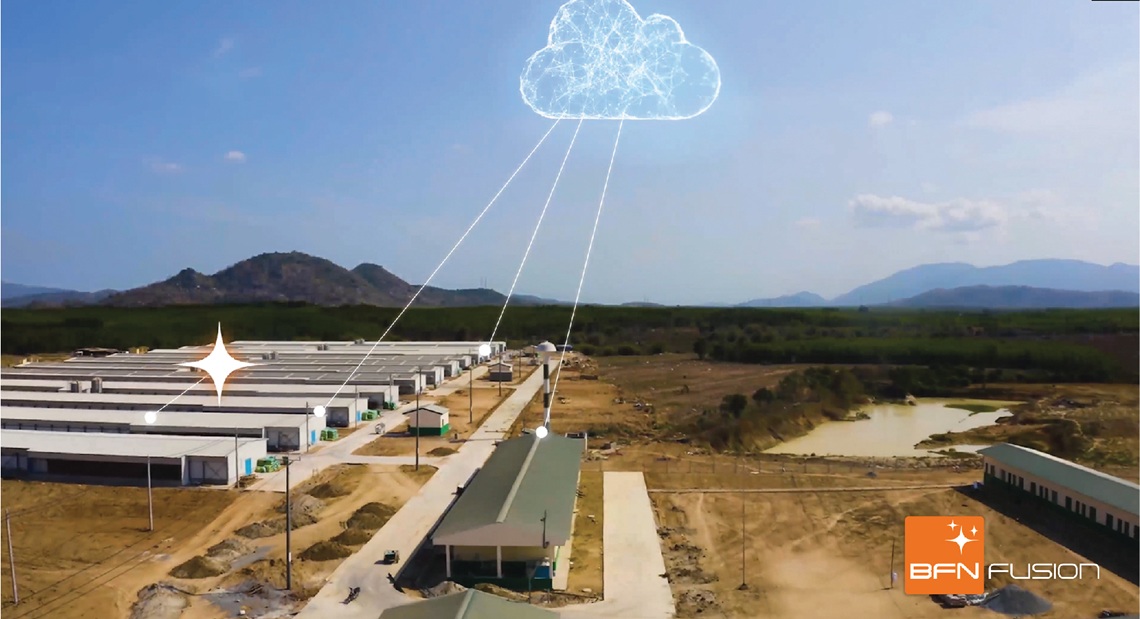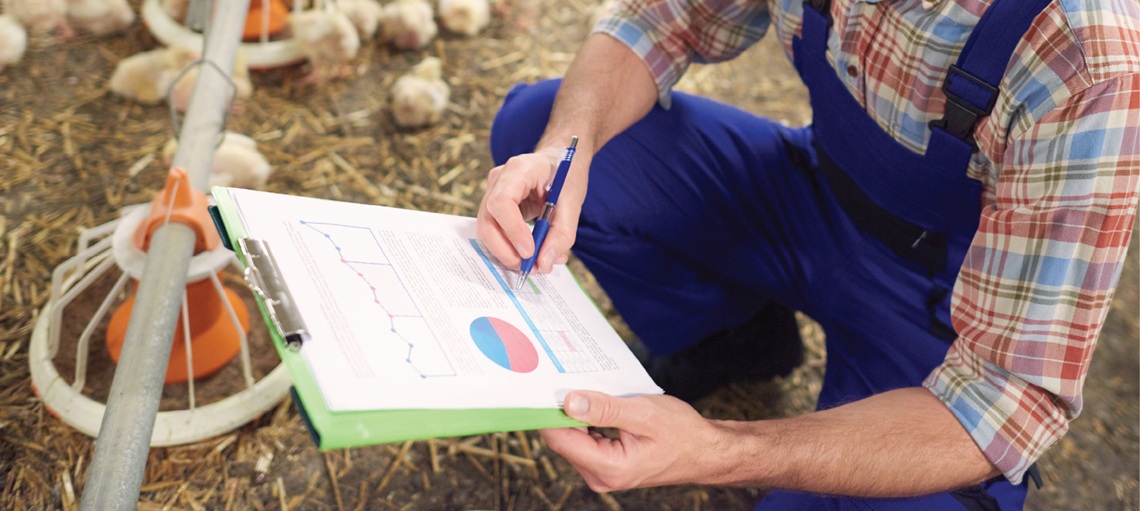Winning the Talent Shortage: Training and Remote Operation Playbook
Poultry integrators across Southeast Asia face a workforce crisis. An aging agricultural sector, combined with rapid technological change, has created a critical gap between available labour and operational needs. The solution lies not in choosing between people and technology, but in building hybrid teams that excel at both.
Is Asia-Pacific Faces a Poultry Labour Crisis?
The numbers tell a clear story. Agriculture employs more than 35% of the workforce in countries like Vietnam, Myanmar, and Laos, yet these nations face severe shortages of qualified research and technical staff. The International Labour Organization reports that unemployment in Asia-Pacific remains at 4.2%, but this masks a deeper problem: acute labour shortages in specialized agricultural roles.
In the Philippines, labour shortages during critical planting and harvest seasons have become routine. Thailand struggles with uneven quality and a shortage of skilled workers, particularly in science and technology fields. Climate-driven migration in the Lower Mekong region further reduces agricultural labour availability, creating a compound challenge for integrators.
The poultry sector faces unique pressure. Southeast Asia drives global poultry growth, with expansion forecast between 1.5% to 2% annually. Yet farms cannot find enough workers who understand both animal husbandry and the digital systems now standard in modern operations.
What Skills Do Modern Poultry Farm Workers Need?

Traditional poultry experience no longer suffices. Today's operations require workers who can move fluidly between livestock care and technology management.
Core technical competencies:
Operators must understand digital control platforms that monitor climate, feeding, and water systems across multiple houses. They need to interpret alarm notifications, distinguish between urgent system failures and routine alerts, and respond appropriately. Basic troubleshooting of automated ventilation, feeding controllers, and environmental sensors becomes daily work.
Animal welfare and biosecurity remain foundational:
Staff must apply consistent biosecurity protocols, recognize early signs of disease or stress in flocks, and maintain proper stocking densities and environmental conditions. These fundamentals have not changed, but they now interface with data systems that track performance in real time.
Data literacy separates adequate from exceptional performance:
The ability to read dashboard metrics, identify performance trends, and correlate environmental data with flock outcomes transforms reactive management into proactive optimization. Workers who understand these connections make better decisions faster.
This combination requires what industry leaders call "dual literacy." Workers need animal science knowledge and technical competence. Few training programs address both systematically.
How Can Remote Monitoring Reduce Staffing Requirements?

Remote operation tools change the economics of farm supervision. Cloud-based platforms allow managers to oversee multiple sites from central locations, reducing the need for constant on-site presence.
Centralized dashboards provide real-time oversight:
Managers access environmental data, feed consumption, water usage, and alarm histories from web or mobile interfaces. This visibility allows rapid response to developing issues without requiring physical travel to each farm.
Intelligent alarm systems prioritize interventions:
Modern systems distinguish between critical failures requiring immediate attention and gradual deviations that suggest maintenance needs. Temperature excursions, ventilation failures, or water system problems trigger instant notifications. This allows smaller teams to manage larger operations effectively.
Remote diagnostics reduce downtime:
Technical support teams can access system logs, identify malfunctions, and often resolve software-related issues without site visits. When physical repairs become necessary, technicians arrive with specific diagnoses and required parts, minimizing resolution time.
Remote monitoring does not eliminate the need for skilled on-site staff. It changes their role from constant surveillance to strategic intervention, allowing experienced workers to manage more capacity.
The ROI of Training Programs: Why Investment Matters

Many integrators view training as a compliance requirement rather than a performance driver. This perspective misses substantial returns available from systematic workforce development.
Energy efficiency improvements deliver measurable savings:
University of Georgia research on variable-speed ventilation systems found that properly trained operators achieved 20-40% energy cost reductions in retrofit applications. The savings came not from equipment alone but from operators who understood how to optimize fan speeds, static pressure, and tunnel ventilation timing.
Reduced downtime translates directly to production value:
Staff trained in preventative maintenance identify developing problems before they escalate. A feed auger bearing replaced during routine inspection costs a fraction of emergency repairs after complete failure. The production loss from birds going hours without feed can exceed equipment repair costs by orders of magnitude.
Retention improves when workers see career progression:
Structured training creates advancement pathways. Workers who complete foundation, intermediate, and advanced modules gain recognized skills and increased earning potential. This reduces turnover in an industry where replacing experienced staff remains difficult and expensive.
Building Your Training and Operations Playbook
Effective workforce development requires systematic planning aligned with operational goals. Here is a practical framework:
Step 1: Conduct a Skills Audit
Map your current workforce capabilities across animal care, equipment operation, and data interpretation. Identify gaps by comparing existing competence to the requirements of your automation systems and production targets. Be specific about which skills are missing and where they matter most.
Step 2: Design Tiered Learning Pathways
Structure training in progressive modules that build on each other.
Foundation training covers poultry biology, biosecurity protocols, safe equipment operation, and basic environmental monitoring. This ensures all staff share core knowledge.
Intermediate programs teach troubleshooting of climate and feeding systems, interpretation of performance dashboards, and alarm response protocols. Workers learn to diagnose common problems and execute solutions.
Advanced training develops data analysis skills, performance optimization techniques, and remote farm management capabilities. This tier prepares supervisors and technical specialists.
Step 3: Leverage Equipment Provider Resources
Manufacturers like Big Dutchman offer structured training programs specifically designed for their systems. These vendor-led modules accelerate learning because they address the exact equipment and software your farms use.
Online academies provide flexible scheduling for foundation and intermediate content. Hands-on sessions at equipment supplier facilities give workers direct experience with controllers, sensors, and management platforms. Train-the-trainer programs enable integrators to build internal capability for ongoing staff development.
Step 4: Create Retention Incentives
Link training completion to career progression and compensation increases. Recognize certified staff with advancement opportunities that make investment in skill development worthwhile.
Implement "train the trainer" models where experienced workers mentor newer staff. This multiplies knowledge transfer while giving senior employees leadership responsibilities that increase job satisfaction.
How HR and Operations Must Collaborate

Workforce development fails when treated as purely an HR initiative or solely an operations concern. Success requires partnership.
HR leaders identify skills gaps through systematic assessment, design learning pathways that align with career development frameworks, and secure budget allocation for training programs. They ensure training integrates with broader talent management strategies.
Operations directors define technical competencies required for farm performance, validate that training content addresses real operational challenges, and measure training impact through production KPIs. They provide the practical context that makes learning relevant.
Equipment vendors contribute curriculum design, case study materials, and hands-on modules for specific systems. They bring technical expertise that internal teams may lack, particularly for complex automation platforms.
This three-way collaboration ensures training programs deliver practical capability improvements rather than generic education.
The labour shortage in Asia-Pacific poultry production will persist. Integrators that respond strategically will gain competitive advantage while others struggle with capability gaps. Treat training as strategic investment rather than operational expense. Measure returns through energy efficiency gains, reduced downtime, improved production metrics, and staff retention rates.
The farms that succeed will be those that build capability systematically, embrace technology that scales human expertise, and create environments where skilled workers can advance and thrive.
Frequently Asked Questions
How can smaller integrators afford structured training programs?
Many training modules are delivered online at low cost, particularly foundation content. Focus initial investment on training supervisors and technical leads who can then mentor other staff. Equipment vendors often include basic training as part of equipment purchases.
Does automation eliminate the need for farm labour?
No. Automation changes the skill mix required. Farms need fewer workers for manual tasks like hand-feeding or manual ventilation adjustments, but more workers who can interpret data, troubleshoot systems, and optimize automated processes. The total labour requirement may decrease, but the value per worker increases substantially.
What specific KPIs should integrators track to measure training ROI?
Monitor staff turnover rates before and after training implementation. Track equipment downtime hours and emergency repair costs. Measure feed conversion ratios, energy costs per bird produced, and mortality rates. Compare these metrics between farms with trained versus untrained operators. Document the time required for new hires to reach competent performance levels.
How long does it take to train a worker from basic to advanced competence?
Foundation training typically requires 20-40 hours spread over several weeks. Intermediate competence develops over 3-6 months with structured learning and practical application. Advanced skills take 12-18 months of experience plus targeted training. However, workers with strong technical backgrounds or prior automation experience progress faster.
Can training programs work with high turnover rates?
Yes, but the approach must change. Focus on shorter, modular training that delivers value quickly. Implement train-the-trainer programs so knowledge transfer does not depend entirely on external resources. Build training costs into labour budgets and accept that investment in departing workers is part of maintaining overall capability.
What if workers trained at your farm leave for competitors?
This risk exists but should not prevent training investment. Structured programs with career progression improve retention rates. Workers who see advancement opportunities stay longer. The cost of operating with inadequately trained staff typically exceeds the risk of trained workers departing.
References
- International Labour Organization. (2024). Asia-Pacific labour markets show recovery amidst looming demographic challenges. https://www.ilo.org/resource/news/asia-pacific-labour-markets-show-recovery-amidst-looming-demographic
- International Labour Organization. (2024). Asia-Pacific Employment and Social Outlook 2024: Promoting decent work and social justice to manage ageing societies.
https://www.ilo.org/publications/major-publications/asia-pacific-employment-and-social-outlook-2024-promoting-decent-work-and - International Organization for Migration. (2023). Labour Migration in Asia: What Does the Future Hold? https://roasiapacific.iom.int/sites/g/files/tmzbdl671/files/documents/2023-07/iom_labour-migration-in-asia_what-does-the-future-hold.pdf
- Nguyen, T. T. & Linh, L. K. (2021). Climate-induced migration and agricultural labor dynamics in the Lower Mekong region. Nature Humanities and Social Sciences Communications.
https://www.nature.com/articles/s41599-024-04308-3 - Farmonaut. (2025). Philippines Agriculture Issues 2025: Top Challenges & Solutions.
https://farmonaut.com/asia/philippines-agriculture-issues-2025-top-challenges-solutions - Bangkok Post. Closing the skills gap.
https://www.bangkokpost.com/business/news/801344/closing-the-skills-gap - University of Georgia Poultry Ventilation. Variable Speed Tunnel Fans Case Study.
https://www.poultryventilation.com/resources/variable-speed-tunnel-fans-broiler-house-upgrade/ - Intelia. (2024). Addressing Labor Challenges in the Poultry Industry. Retrieved from
https://intelia.com/2024/07/02/addressing-labor-challenges-in-the-poultry-industry/
Disclaimer:
This article is based on publicly available research and industry publications and is intended as a general guide for poultry producers. While every effort has been made to ensure accuracy, the information provided should not replace professional veterinary advice or site-specific consultations. Production outcomes may vary based on local conditions, management practices, bird genetics, and other factors.




